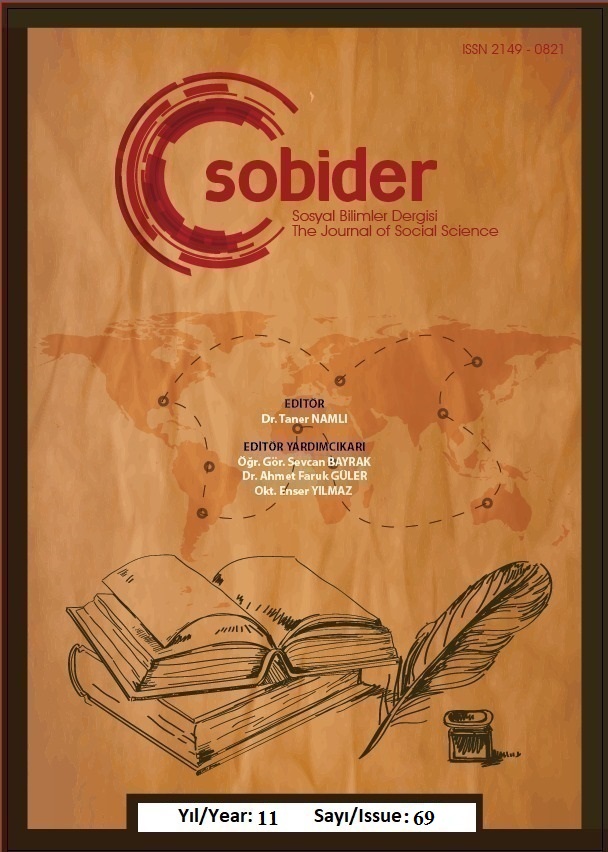Author :
Abstract
Bu makalede geçmiş dönemlerden bugüne Bartın’da zanaatlar arasında önemli bir yer tutan terzilik mesleği hakkında bilgiler sunularak, meslekte çıraklıktan başlayarak kalfalık ve ustalık evrelerine ulaşıp mesleklerini icra eden terziler incelenmektedir. Bu araştırma için Bartın Terziler Esnaf ve Sanatkarlar Odası eski ve yeni dönem başkanlarıyla konuşularak Bartın ili ve ilçelerinde faaliyet gösteren terzilerle görüşmeler sağlanmıştır. Bartın ilinin merkezi, Amasra, Kurucaşile, Ulus ilçeleri ve Abdipaşa beldesi olmak üzere usta-çırak usulüyle yetişmiş halen çalışan ve emekli olmuş terziler saha çalışmasına dahil edilmiştir. Bu çalışma Bartın’da terzilik mesleğinde, ayakla çalışan dikiş makineleri ve kömürlü ütülerin kullanıldığı eski dönemlerden günümüz teknolojisinin kullanıldığı dönemlere, meslekte kalan son temsilcileri teşkil etmektedir. Özellikle Bartın ili merkezinde bulunan terziler, destur geleneğiyle yetiştikleri ve destur aldıklarını belirtmektedir. Araştırma konusuna dahil olan terzilerin mesleklerinde sahip oldukları mesleki bilgi ve deneyimlerine yer verilerek, mesleğin korunması, gelişmesi ve sürdürülebilirliğine katkıda bulunarak gelecek kuşaklara aktarılması amaçlanmıştır.
Keywords
Abstract
In this article, information is presented about the tailoring profession, which has had an important place among the crafts in Bartın from past periods to the present, and the tailors who practice their profession starting from the apprenticeship, reaching the journeyman and master stages, are examined. For this research, the old and new presidents of the Bartın Chamber of Tailors, Tradesmen, and Craftsmen were interviewed, and interviews were conducted with tailors operating in Bartın province and its districts. Currently working and retired tailors trained in the master-apprentice method were included in the field study in the center of Bartın province, Amasra, Kurucaşile, Ulus districts, and Abdipaşa town. This study constitutes the last remaining representatives of the tailoring profession in Bartın, from the old periods when foot-operated sewing machines and coal irons were used to the periods when today’s technology is used. Especially the tailors located in the center of Bartın province state that they were brought up with the destur tradition and received destur. By including the professional knowledge and experiences of the tailors included in the subject of the research, it is aimed to contribute to the protection, development, and sustainability of the profession and to transfer it to future generations.





